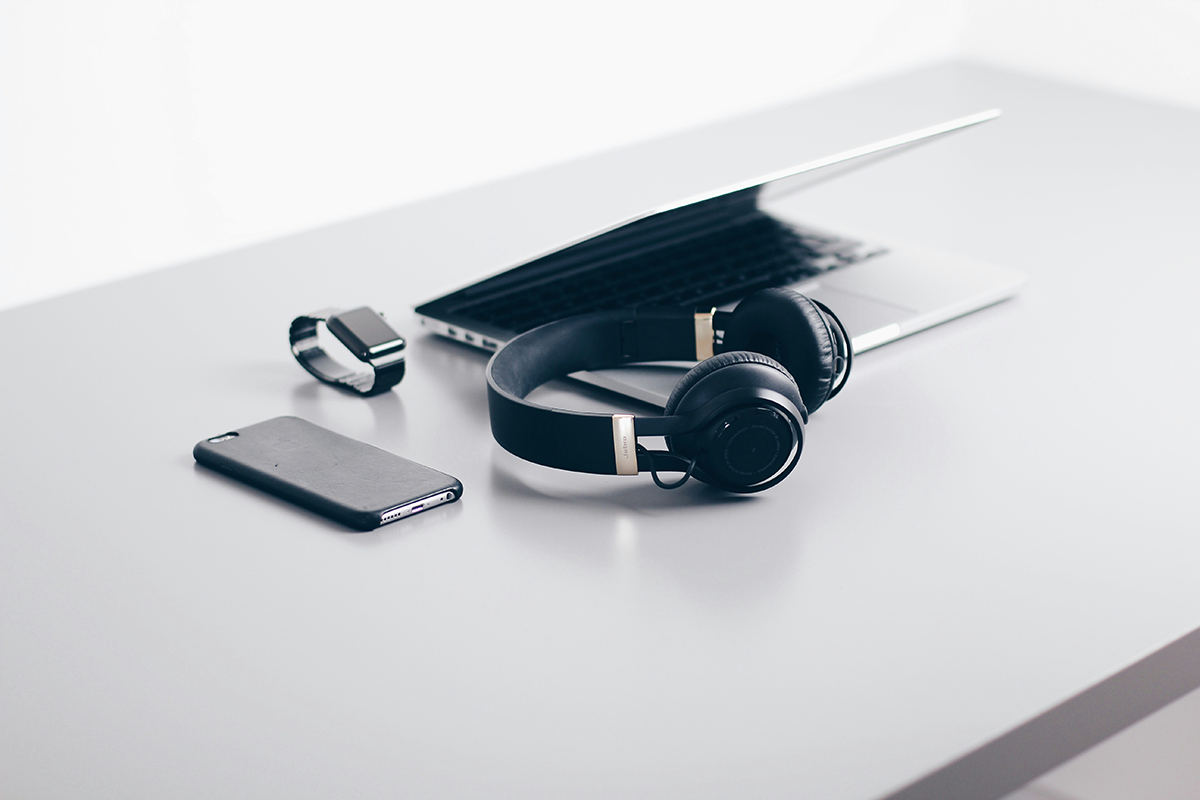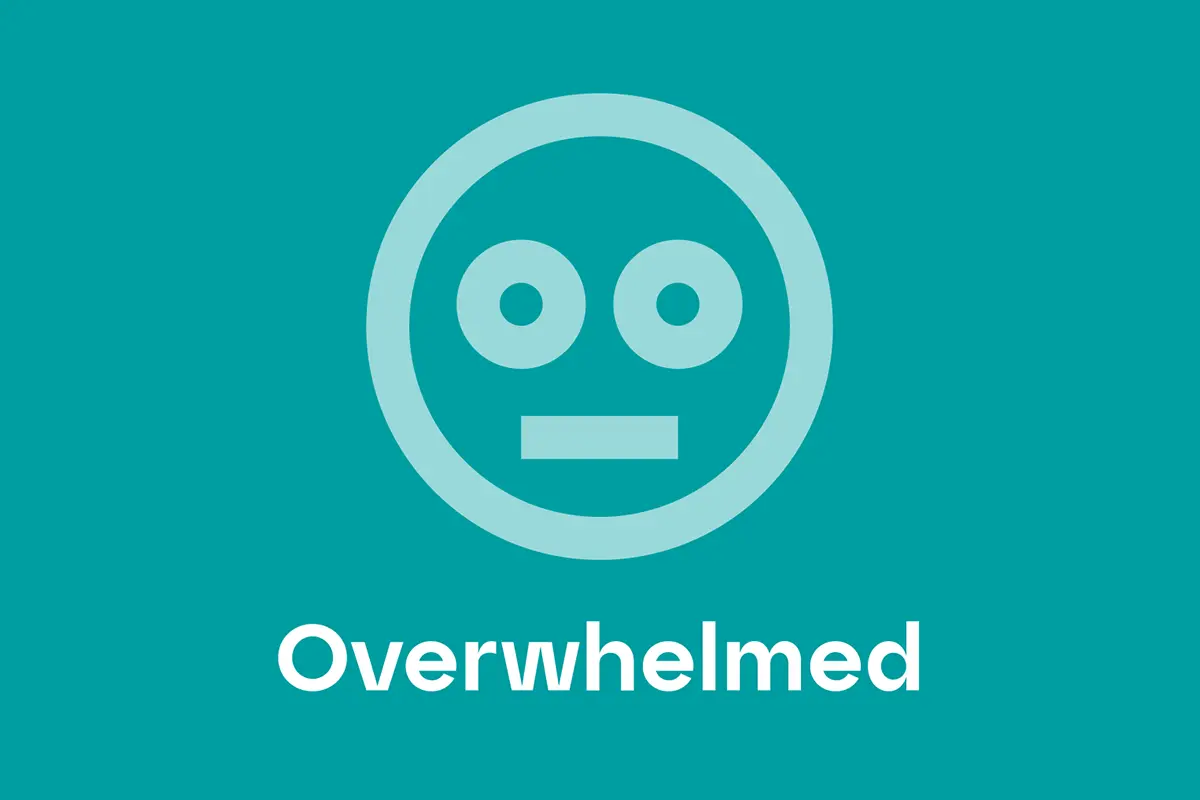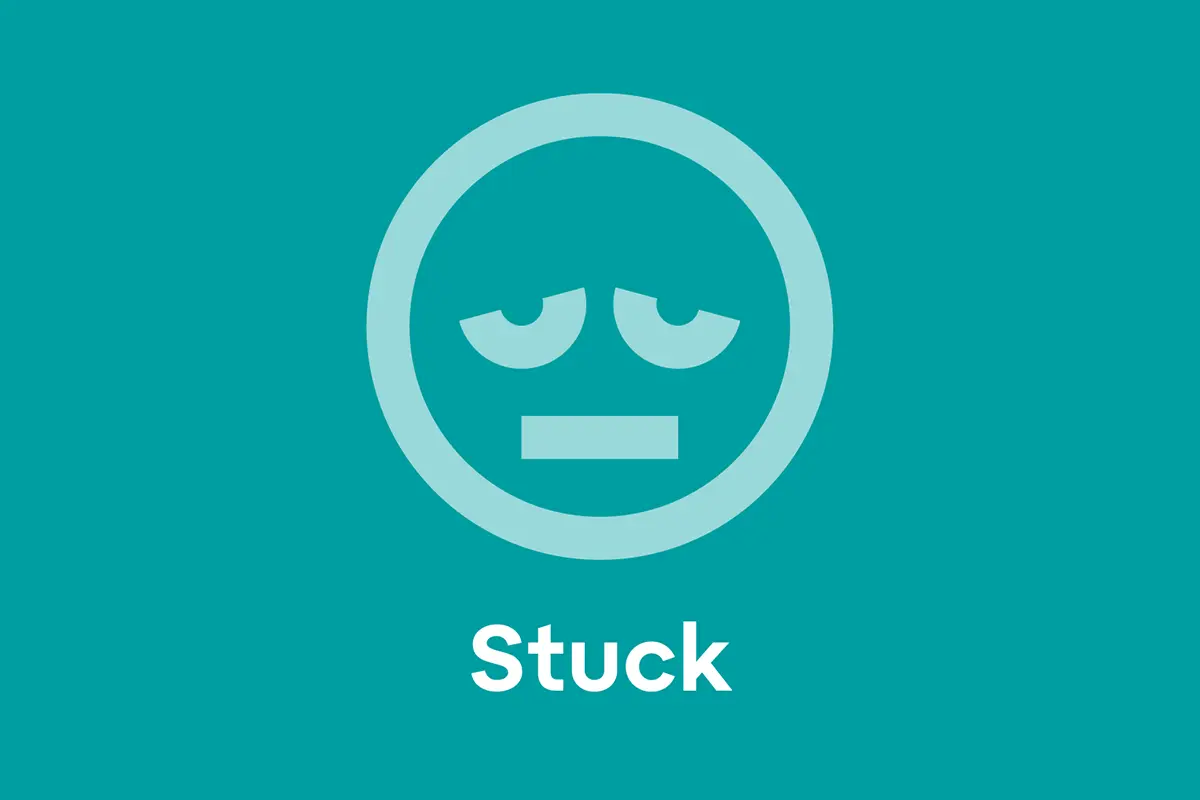Why We Wrote This Book
We created the Offline.now book – A Practical Guide to Healthy Digital Balance for one reason: people kept telling us, “I know my phone use is out of control. I just don’t know what to do about it.” There’s no shortage of shame, alarms, or guilt-tripping when it comes to tech habits. But there’s not a lot of grounded, compassionate guidance. This book changes that. It’s not about quitting devices or hacking productivity. It’s about finding your digital balance—the place where tech works for you, not on you. It’s built for the real world. For your real life. One micro-win at a time.
What’s Inside
The book is structured in three parts. Each builds on the last to help you move from “I’m not sure where to start” to “I’ve got real momentum.”
Part I — Understanding Your Digital Life
- Why digital overload feels so personal—and so hard to fix
- The psychology of modern screens (without the jargon)
- Common myths about tech “addiction” and willpower
Part II — The Offline.now Matrix
- A 2×2 map for understanding where you are today
- The two essential forces: Motivation & Confidence
- The four Quadrants and what they each need to grow
Part III — Practical Tools & Micro-Wins
- Dozens of quadrant-specific strategies
- Step-by-step guidance based on where you are now
- How to make real change stick—even if you’re tired, distracted, or overwhelmed
How the Offline.now Matrix Powers Every Chapter
At the heart of the Offline.now book is the Offline.now Matrix – our signature framework that maps where you are on the digital wellbeing spectrum. It’s not a scoring system. It’s not about “how bad” things are. It’s a starting point. The Matrix is built on two questions:
- Do you want to change your tech habits? (Motivation)
- Do you feel able to make that change? (Confidence)
Cross those two questions and you get four distinct quadrants:
|
Quadrant |
Feeling |
First Move |
|
Overwhelmed |
“I want change, but don’t know how.” |
Start small, see results. |
|
Ready |
“I’ve got this.” |
Try bold experiments. |
|
Stuck |
“Nothing I try works.” |
Build curiosity, not pressure. |
|
Unconcerned |
“I’m fine.” |
Test low-friction swaps. |
Each chapter meets you exactly where you are. You don’t need to be “ready.” You just need to be real about right now.
Who This Book Helps
This book is for you if…
- You feel drained by your phone but don’t know what else would help
- You’ve tried app blockers or detoxes—and they didn’t stick
- You want a more grounded approach, backed by behavioral science
- You’re looking for tools—not lectures
You’ll also find value if you support others: coaches, therapists, educators, or simply someone people go to for advice.
Next Steps
The Offline.now book is just the beginning. Once you know your quadrant, you can go deeper:
- Take the 2-question quiz to discover where you are today
- Explore your quadrant for practical tips and micro-wins
- Read the science behind the Matrix to understand why it works
We’ve also built a growing expert directory if you want coaching or guidance from real humans trained in digital wellbeing.
References
- Seligman, M. (2011). Flourish: A Visionary New Understanding of Happiness and Well-being.
- Fogg, B. (2019). Tiny Habits: The Small Changes That Change Everything.
*Disclaimer: Offline.now offers educational coaching tips, not medical or therapeutic advice; please consult a qualified health professional for personal or clinical concerns.*




